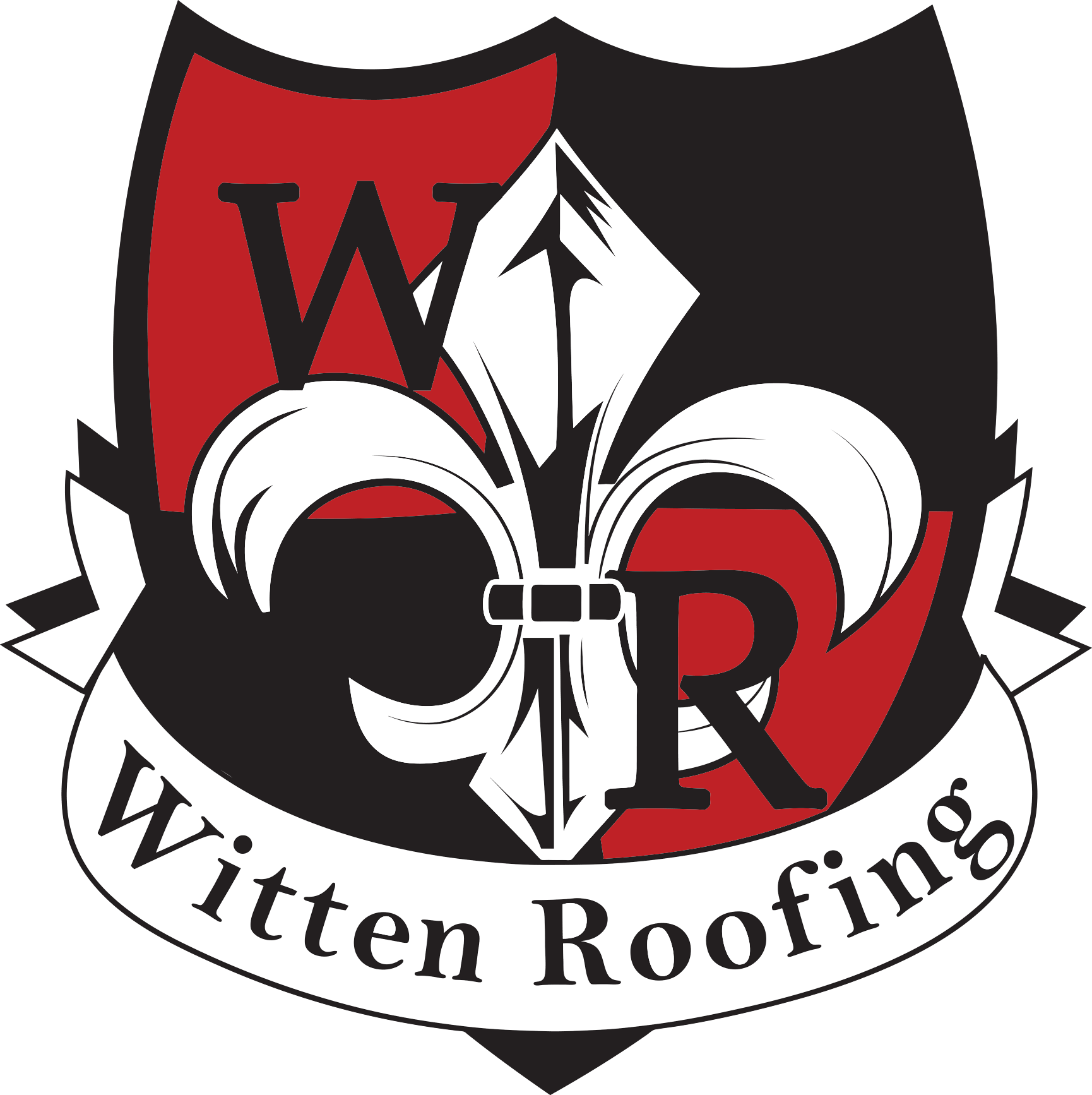When most homeowners in Louisiana think about their roofs, they focus on shingles, gutters, or storm damage. But there’s one often-overlooked factor that can make or break a roof’s performance: ventilation.
Proper roof ventilation is especially critical in Louisiana, where sweltering summer heat, high humidity, and frequent storms put constant stress on homes. Without adequate ventilation, your attic becomes a hot, damp environment that can damage your roof, raise energy bills, and shorten the life of your home’s most important protective system.
At Witten Roofing, we’ve seen first-hand how poor ventilation leads to preventable roofing problems across Louisiana. In this post, we’ll explain:
- Why roof ventilation is essential in our climate
- The dangers of poor ventilation
- How to know if your roof is properly ventilated
- The solutions available to homeowners
Why Roof Ventilation Matters in Louisiana
Ventilation is the process of moving air through your attic space, allowing hot, humid air to escape and fresh air to circulate. In Louisiana’s climate, this matters for three major reasons:
1. Extreme Heat
Summer temperatures in Louisiana regularly soar above 90°F. Without ventilation, attic temperatures can climb to 150°F or higher. This trapped heat radiates down into your living space, overworks your air conditioner, and accelerates roof deterioration.
2. High Humidity
Louisiana is one of the most humid states in the U.S. When moisture becomes trapped in your attic, it creates the perfect conditions for mold, mildew, and wood rot. Proper airflow helps regulate humidity and keep your attic dry.
3. Storm Protection
During severe weather, proper ventilation helps reduce pressure differences that can cause uplift and damage. It also ensures your roof dries faster after heavy rain, lowering the risk of leaks and long-term water damage.
What Happens When a Roof Is Poorly Ventilated
Homeowners are often surprised to learn how many problems can be traced back to poor roof ventilation. Some of the most common issues we see in Louisiana include:
- Higher energy bills → Your AC runs nonstop because your attic is acting like a heat trap.
- Premature shingle failure → Excessive heat and trapped moisture break down shingles from the inside out.
- Mold and mildew growth → Humid air leads to health risks and costly remediation.
- Warped wood and roof decking → Trapped moisture weakens structural materials.
- Ice dams (in rare Louisiana winters) → Poor ventilation can cause uneven roof melting, though this is less common here than in northern states.
The biggest danger? Many of these problems develop slowly, so homeowners may not notice until significant damage has already been done.
Signs Your Louisiana Roof May Have Ventilation Issues
If you’re not sure whether your roof is ventilated correctly, here are some warning signs:
- Hot upstairs rooms in summer, even with the AC running
- High energy bills compared to neighbors
- Rust, mildew, or dampness in your attic
- Curling, cracked, or blistered shingles
- Musty odors inside the home
- Visible mold on rafters or insulation
If you see one or more of these, it’s worth calling a professional for an attic and ventilation inspection.
Types of Roof Ventilation
There are two main categories of roof ventilation:
1. Intake Vents
These bring cooler outside air into the attic, usually installed at the soffits (the underside of roof overhangs).
- Soffit Vents – Most common and effective in Louisiana homes.
- Gable Vents – Installed in the gable ends of the attic.
2. Exhaust Vents
These allow hot, humid air to escape from the attic.
- Ridge Vents – Installed along the roof’s peak for continuous ventilation.
- Box Vents – Individual vents installed near the ridge.
- Turbine Vents – Wind-powered vents that pull hot air out.
- Powered Attic Fans – Electric or solar-powered fans for active ventilation.
The best systems combine intake and exhaust for a balanced airflow. A common setup in Louisiana is soffit vents paired with ridge vents.
How Much Ventilation Does a Roof Need?
The International Residential Code (IRC) recommends 1 square foot of ventilation for every 150 square feet of attic space. In Louisiana, where humidity and heat are extreme, many contractors suggest going above the minimum to ensure long-term protection.
For example, a 1,500-square-foot attic would need at least 10 square feet of venting, split between intake and exhaust.
How Witten Roofing Helps Louisiana Homeowners
At Witten Roofing, we don’t just look at shingles — we look at the whole roofing system. Our team inspects ventilation during every roof replacement and can upgrade or repair your ventilation system as part of the project.
Here’s what we provide:
- Free Ventilation Assessments → We check attic airflow, insulation, and vent balance.
- Customized Solutions → We recommend the best vent types for your roof design and budget.
- Code-Compliant Installations → All vents are installed to manufacturer and Louisiana building code standards.
- Energy-Saving Benefits → Proper ventilation reduces cooling costs, helping your roof pay for itself.
Whether you’re in Baton Rouge, Monroe, Slidell, or smaller parishes like LaSalle, our crews understand Louisiana’s unique roofing challenges and tailor ventilation solutions accordingly.
Don’t Overlook Roof Ventilation
Your roof does more than just block rain — it regulates your home’s temperature, protects against moisture, and keeps your family comfortable year-round. Without proper ventilation, you risk shortening your roof’s lifespan and paying higher energy bills.
At Witten Roofing, we’ve been helping Louisiana families for over 15 years with roofing solutions that stand up to our state’s heat, humidity, and storms.
If you suspect your home has ventilation issues — or if you’re planning a roof replacement — call us today at 855-516-8866 or schedule online for a free inspection.
FAQ: Roof Ventilation in Louisiana
Q:
Can poor roof ventilation really damage my shingles?
A:
Yes. Excessive attic heat and moisture cause shingles to crack, curl, and deteriorate faster, cutting years off your roof’s lifespan.
Q:
Will roof ventilation lower my energy bills?
A:
Absolutely. By releasing hot air from your attic, your AC won’t have to work as hard, especially during Louisiana’s long summers.
Q:
What’s the best ventilation system for Louisiana homes?
A:
Most homeowners benefit from soffit vents combined with ridge vents, which create a balanced, continuous airflow. In some cases, powered fans may be added.
Q:
Can I add ventilation to an existing roof?
A:
Yes. Witten Roofing can retrofit ventilation systems during repairs or upgrades without replacing your entire roof.
Q:
How do I know if my attic is ventilated properly?
A:
The best way is with a professional inspection. We measure airflow, check for moisture buildup, and ensure intake and exhaust are balanced.




